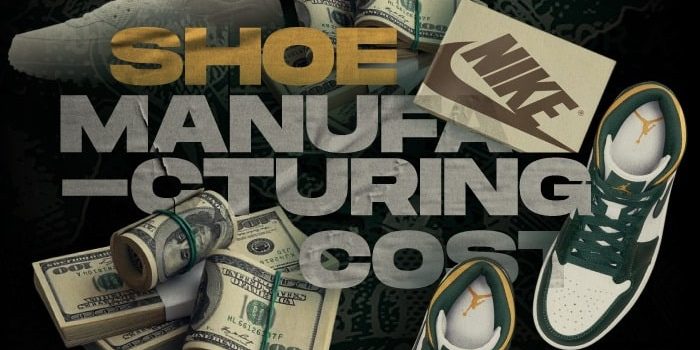So, you wanna buy a new pair of kicks, and they’re kinda… well… not cheap. But did you ever wonder why you’re paying so much for a pair of sneakers? If you haven’t, today we’re gonna ask the important question: How much does it cost to make a shoe? You might be surprised to find out where the money actually goes! Oh, but before we go in, make sure you check out our blog for the latest sneaker releases. Now, let’s jump right into it together and find out the answer, shall we?

How Much Does It Cost to Make a Shoe… Really…
Okay, let’s start by talking about where your shoes are made. So most brands actually get their materials and manufacturing from eastern countries. From China to Vietnam, brands like Nike and Adidas certainly make the most of the cheaper labor and manufacturing costs. You see, the actual production of a shoe can cost anywhere from $17 to $30. That naturally depends on the location as well as the material used. But that’s basically the benchmark for a basic pair of kicks.
Sounds pretty cheap right? Then why are we charged a lot for these cool sneakers we want? Well, first off, you have shipping costs through the most common way: by ocean freight. Now a 40 ft container from China to the USA can cost anywhere between $3,000 and $6,500, depending on the destination. This value can be split over the number of pairs shipped per container. Then, once these kicks arrive, the brands must pay import fees, as well as customs and insurance fees.
And Then Come the Retailers!
So far, the price is still relatively low, but then we have retailers and their own profit. Now that might come as a surprise, but retailers take 50% of a shoe’s price as profit. You see, they purchase kicks from brands in bulk which means they get a deal out of it. That leaves them with 50% of the profit to take as they please. In other words, when we hear about a 40% sale, that means that retailers are removing the bulk of their profit during that sale. This is a lot to consider when purchasing your favorite kicks, but now you know exactly where your money goes!







